Ram Bagh Palace, was the palace of Maharaja Ranjit Singh, founder of Sikh Empire in India. It was used as summer palace by Ranjit Singh. The palace is situated in the center of a garden popularly known as Ram Bagh or Barandari. Maharaja Ranjit Singh had a deep interest in the development and beautification of various areas under his rule. Amritsar being the central hub of spiritual and cultural activities of Sikh Empire and stronghold of Bhangi Misl got special attention of Ranjit Singh. He used to visit the Amritsar city on occasions of Vaisakhi, Vijayadashami and Diwali etc. Therefore, he made a beautiful garden on the Mughal pattern of Shalimar Gardens, Lahore. The Rambagh Palace was built in the middle of the Ram Bagh, Amritsar. The palace was constructed under the supervision of Faqir-Aziz-ul-Din, Desa Singh and Sardar Lehna Singh Majithia all having close relationship with the Maharaja. The red-stone work of all these buildings was executed by workmen brought from Delhi by Faqir-Aziz-ud-Din. After the death of Maharaja Ranjit Singh, many old buildings were taken over by the British. The luxurious two-storey summer palace (now called baradari) was built at the cost Rs 1,25,000. Ranjit Singh used the central building as his residence during his visits to Amritsar whereas the small palaces were provided for the chiefs. There was a swimming bath for the ladies of the royal household adjoining the palace.
Rambagh is the alluring garden in Amritsar that is famed to hold the summer palace of the erstwhile ruler of Punjab, Maharaja Ranjit Singh, and is now converted into a museum. Formerly known as the Company Garden, this picturesque spot was renamed by the king as a tribute to the great sage and the founder of the city, Guru Ram Das Ji. A replica of the Shalimar Gardens at Lahore, Rambagh is one of the must-visit places in Amritsar. Coniferous trees, herbal plants and water channels fitted with fountains and golden fish are scattered across the garden. Amidst the greenery, Rambagh holds the Maharaja Ranjit Singh Panorama that depicts the life events of the great ruler though 3D montages. The entrance to the garden is marked by a huge fortified gate at the periphery while the far end boasts a lively statue of the king saddled on a horse in a winsome posture.
Ram Bagh Palace, situated in the center of a garden popularly known as Ram Bagh or Barandari belonged to the famous and flamboyant Maharajah Ranjit Singh, founder of the Sikh Empire in Punjab, India and he used it as his summer palace The Punjab government in October 1997 declared the entire Ram Bagh complex , including Rambagh Palace as a protected monument. It is located on Bhawani Singh Road, Amritsar.
Maharajah Ranjit Singh paid special attention to Amritsar as it happened to be an important center for the Sikhs, so to say, a spiritual and cultural hub for them. The ruler took keen interest to visit this place on festival days like Vaisakhi, Vijayadashami, Diwali etc. To make his stay pleasant and comfortable, he wanted greenery around him. Hence, he built a fascinating garden on the model of Mogul styled Shalimar Gardens of Lahore. The Rambagh Palace, set in the middle of the Ram Bagh, was built under the supervision of Faqir-Aziz-ul-Din, Desa Singh and Sardar Lehna Singh Majithia all enjoying close relationship with the Maharajah. The impressive red-stone work of all these buildings was done by men from Delhi specially brought by Faqir-Aziz-ud-Din.
The garden covers 81 acres of land with rare flower plants and other valuable trees and it was named after Guru Ram Das.
After the death of Maharajah Ranjit Singh, the British moved in and took over many old buildings. After independence, the government took over countless palaces all over India, including this palace complex. As for Ram Bagh palace, after 1960s, unlawful encroachment by some selfish people in the neighborhood became a menace and this led the Punjab government to declare it a ‘protected’ area to safeguard its historical and heritage value. A sum of Rs 1,25,000.00 was spent by Ranjit Singh to build this beautiful two-story summer palace for his stay in this city. The central building was for his use and the small palaces were for his chief officers. The main palace had a separate swimming pool for the royal women.
In the early 20th century, the palace was expanded based on the the designs of Sir Samuel Swinton Jacob.In 1835 a small garden house was built and it was the first structure and was for the
wet nurse of prince Ram Singh. In 1887 Maharajah Sawai Madho converted it into a modest hunting lodge because, at that time, it was in the middle of an wooded area, As he was fond of safari, he needed a place for rest and relaxation. It was quite useful for his hunting expeditions.



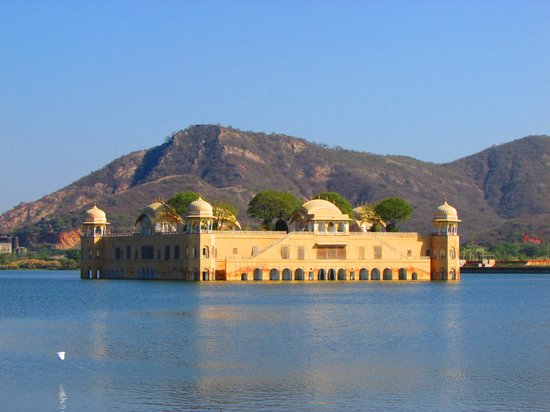
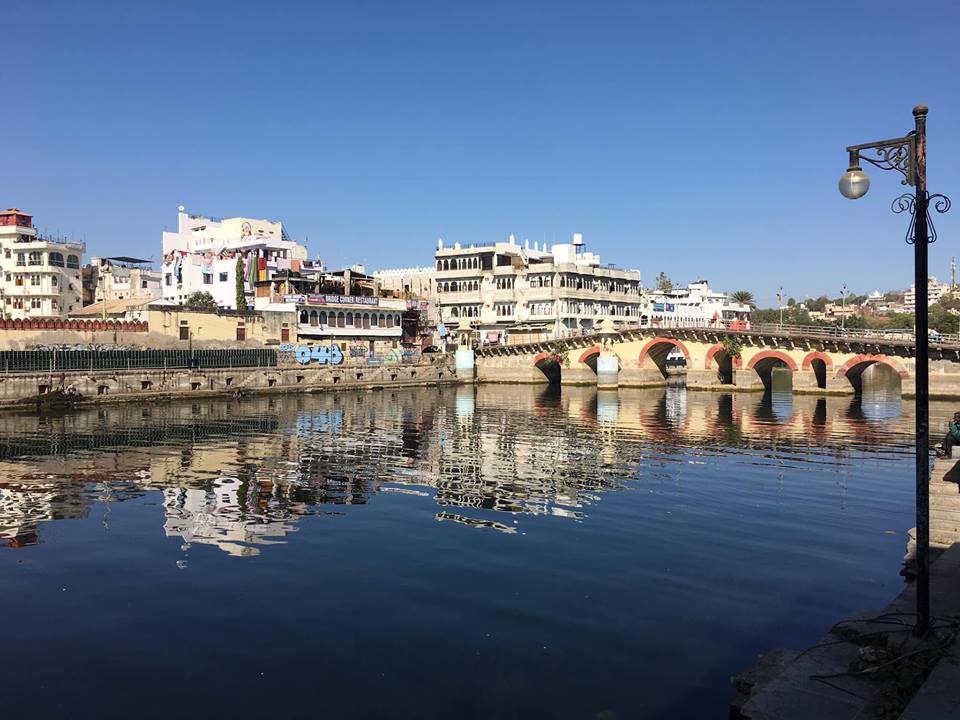
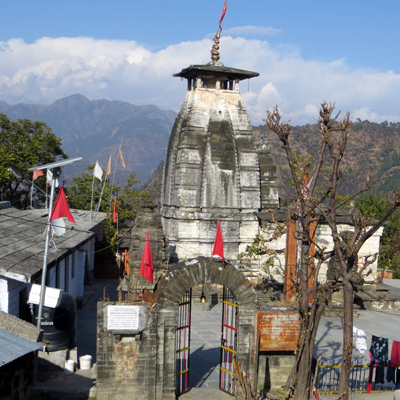

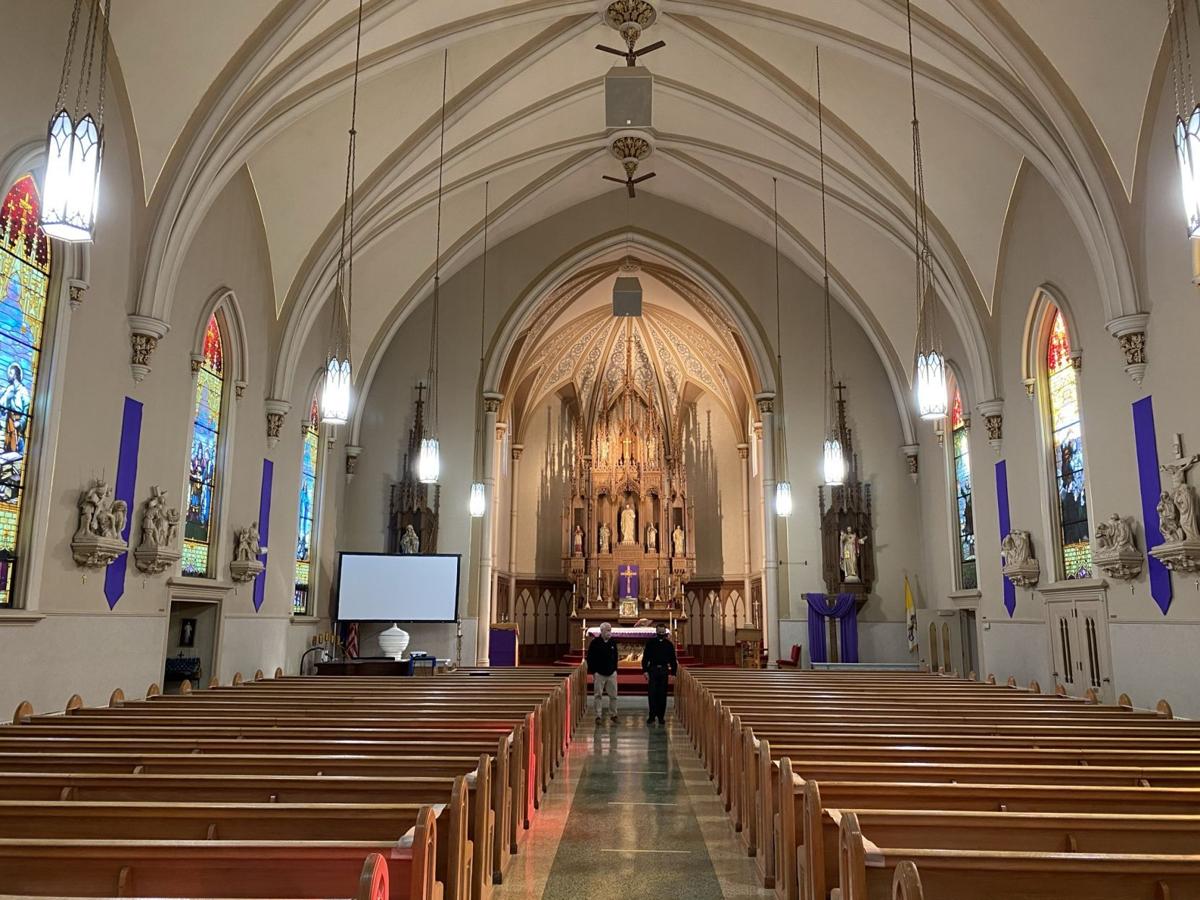

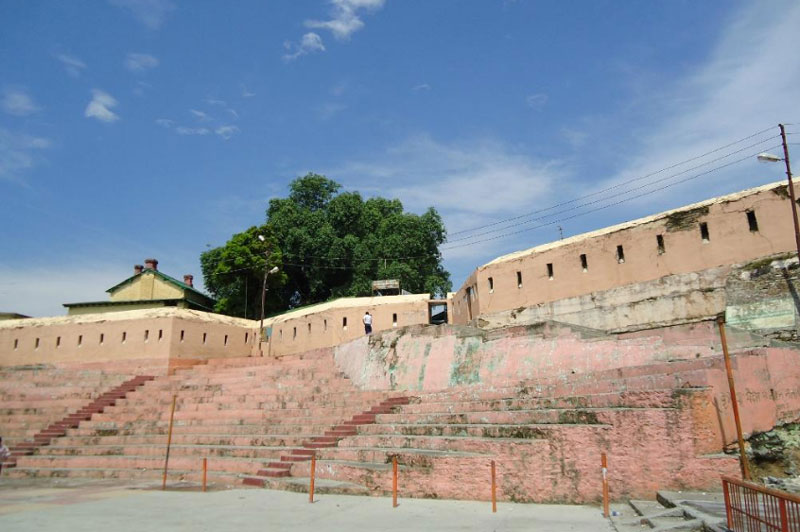



10 Comments
Comments are closed.